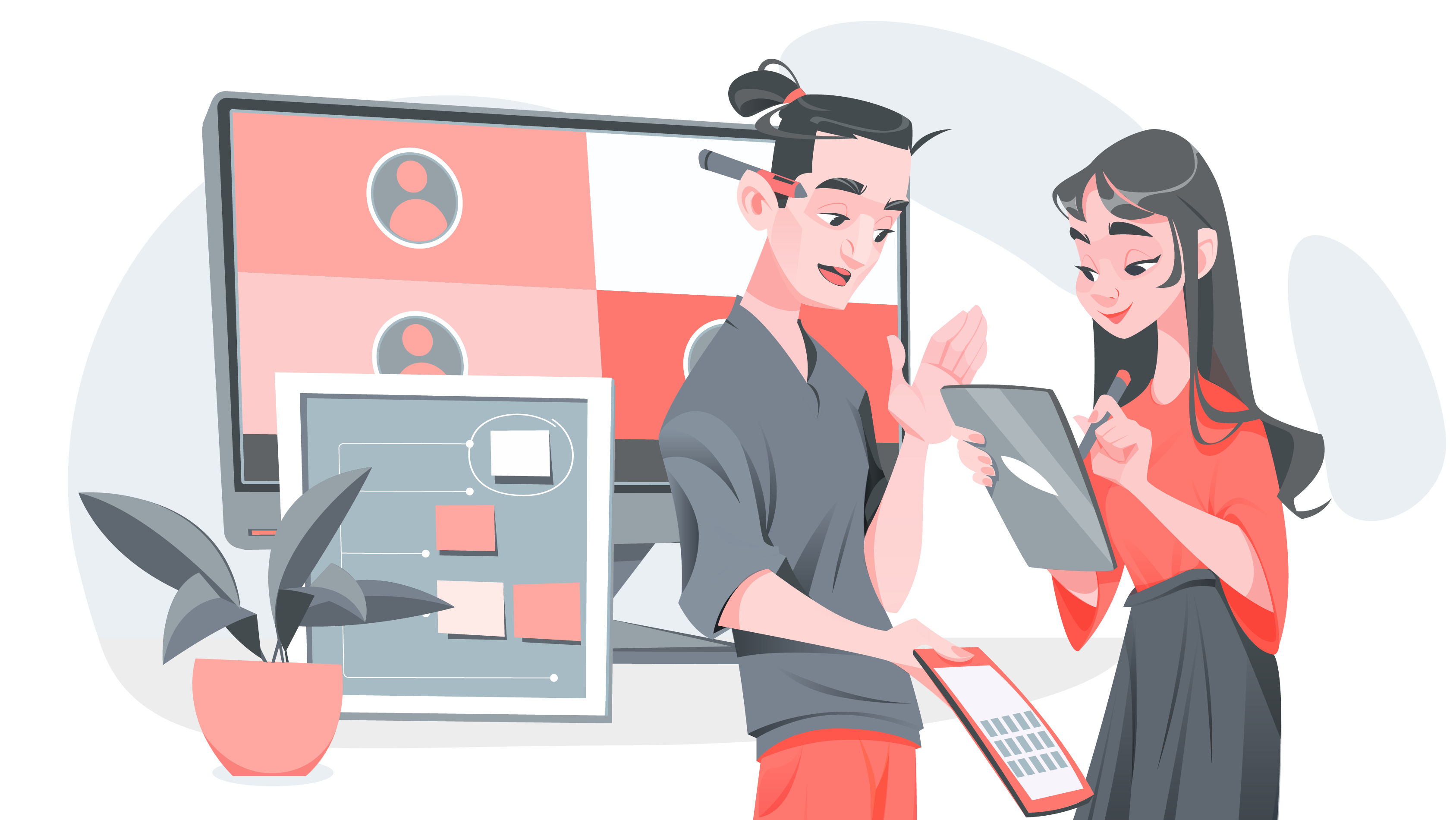Imagine a world where every digital interaction seamlessly anticipates and fulfills the user's needs, where products and services intuitively align with user expectations, and where the boundaries between the physical and digital realms blur into a unified experience. Can you believe that such a reality is not just a distant dream but an imminent possibility?
As we step into 2024, the landscape of user experience (UX) design is profoundly transforming. With rapid advancements in technology and evolving user behaviors, the traditional frameworks of UX team structures are being challenged, giving rise to new paradigms and methodologies. We were shocked to find out that the outdated approaches of the past are no longer sufficient to meet the demands of today's dynamic digital ecosystem.
In this article, we delve into the cutting-edge trends and insights shaping the future of UX team structure. Discover invaluable advice, tips, and case studies to navigate this evolving landscape effectively. From reimagining collaboration frameworks to harnessing the power of data-driven design, we uncover the strategies and best practices that will define the success of eser experience teams in 2024 and beyond.
Drawing on the latest research and industry expertise, we unveil the secrets to building agile and adaptable user experience design teams that thrive in an era of constant innovation and disruption. Whether you're a seasoned UX professional or a newcomer, this article promises to deliver actionable insights and solutions to elevate your UX team's performance and drive tangible results.
Stay ahead of the curve and discover the future of UX team structure - the solution awaits you further in this text.









